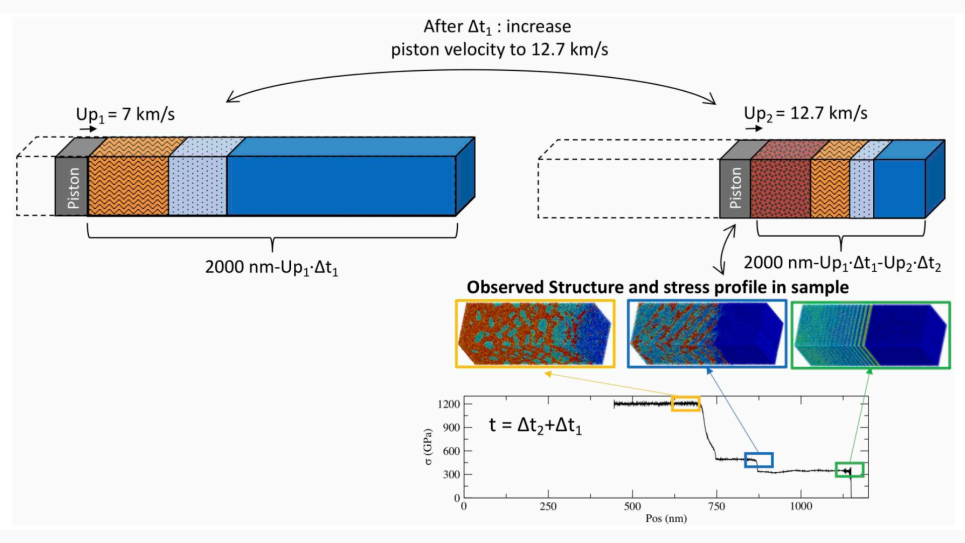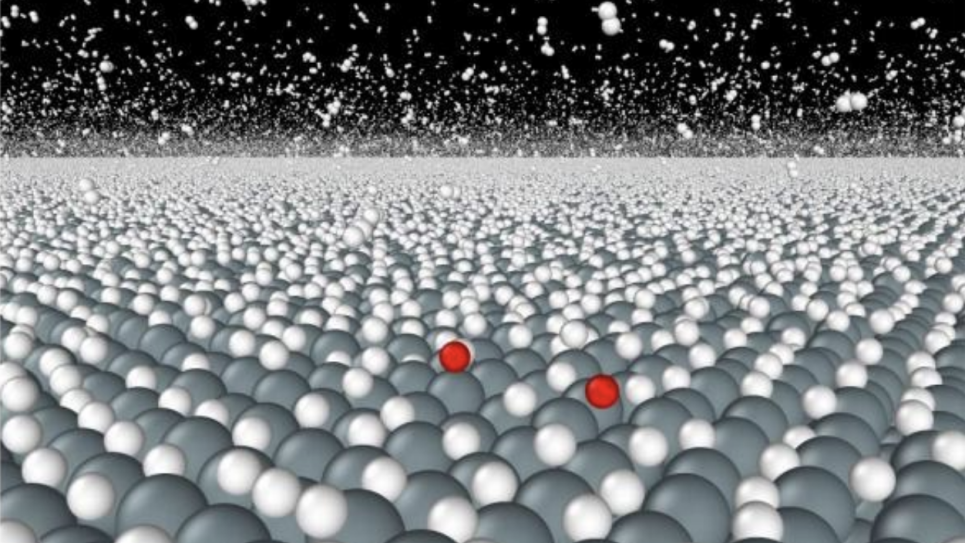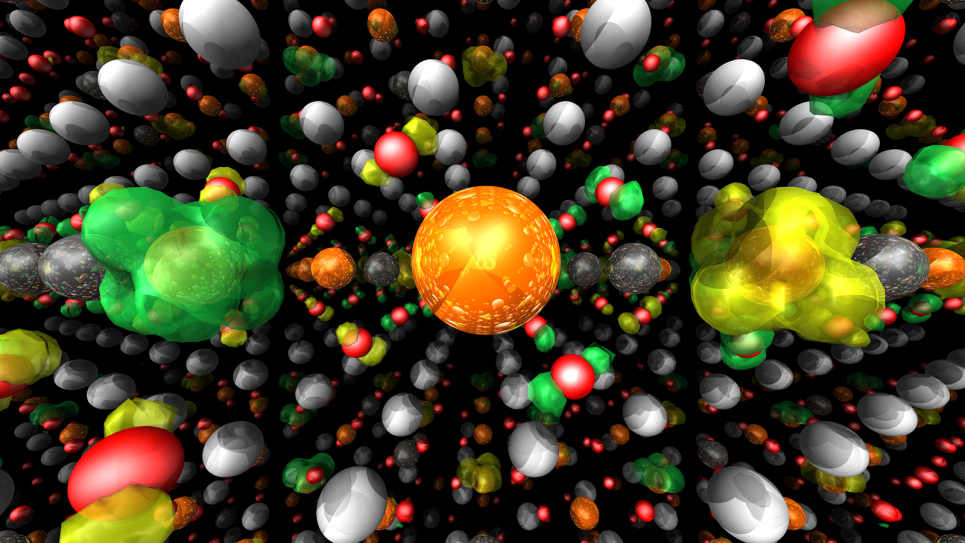Understanding pure water is an essential prerequisite for understanding the behavior of the liquid interacting with naturally occurring compounds such as carbon dioxide or methane.
The use of INCITE resources has been instrumental in assessing the accuracy of first principles theories for water. With an earlier INCITE allocation, several accurate flavors of density functional theory (PBEO and van der Waals functionals) were used to investigate water and ions in water with atomistic resolution. Specifically, researchers carried out ab initio molecular dynamics calculations using the massively parallelized density functional theory code Qbox on the IBM Blue Gene/P, and determined the structural and vibrational properties of liquid water for several temperatures. Calculations based on hybrid functionals (in particular, PBE0) yielded substantially improved results compared to those based on semi-local functionals (e.g., PBE). In particular, there is a dramatic improvement in the description of infrared spectra. These important findings suggest that through the use of high-performance computing, researchers can improve the description of aqueous environments.
Researchers will now carry out large-scale simulations and compute several properties of water and aqueous solutions at ambient conditions and under pressure. Using PBE0, the researchers are extending their investigation towards solvation properties of negative ions, such as chloride and sulfate, and mixtures of water with methane or carbon dioxide.
The researchers’ work will play a key role in understanding the physical and chemical problem of processes involved in carbon-bearing fluids in the deep Earth, in particular, methane dissociation under upper mantle conditions, as well as in understanding structure and dissociation of water in contact with solid hydrophobic and hydrophilic surfaces.


